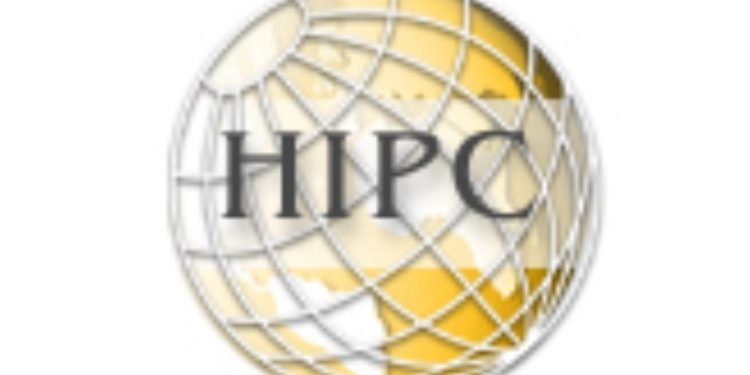Ghana has been classified and listed as a Highly Indebted Poor Country (HIPC) on the website of the World Bank.
The classification of the country, comes on the back of a current debt-to-Gross Domestic Product (GDP) of 68.3 per cent, further projected to reach 76.7 per cent by the end of 2020 according to the IMF’s October 2020 Fiscal Monitor publication.
It comes as no surprise as Ghana for a while now has been placed in the category of ‘high-debt-distressed countries’ by the World Bank.
The IMF, World Bank along with several economists in the country, prior to the new classification had warned Government on the fast rising debt stock and advocated for a slow down in debt accumulation and better debt management.
Notable among Ghanaians that called for better debt management practices and slow accumulation of debts was former Finance Minister, Seth Terkper.
A country is classified as a Highly Indebted Poor Country when it has unsustainable debt burdens which usually places constraints on the economy and as a result the country is unable to meet debt-service obligations to its creditors.
Ghana in 2002 was classified as HIPC, but was subsequently supported by the IMF and World Bank under the HIPC Initiative in which the country’s creditors provided debt relief to Ghana thereby reducing the constraints on the nation’s economic growth and poverty imposed by the debt-service burdens.
Find below Graphs retrieved from the website of the World Bank indicating Ghana has now been classified as HIPC







Find below the list of countries classified as HIPC by the World Bank:

Below is the link to the World Bank’s page where Ghana has been classified as HIPC
https://data.worldbank.org/?locations=XE-GH







